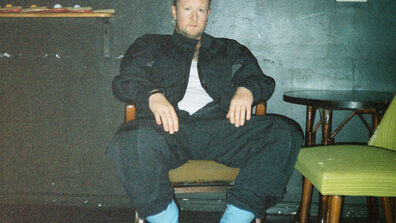
Current Student: Nan Qian (MDDO 2019)
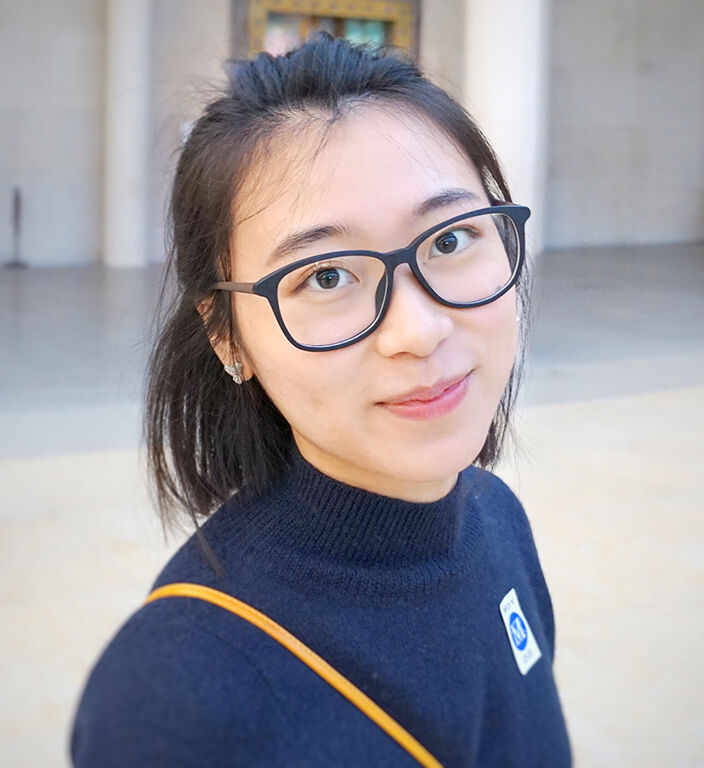
What factors influenced your interest to study at SAIC?
My major in college was Industrial Design. However, I have always been passionate about design that crosses disciplines. During the five years of work I did before coming to SAIC, I did Industrial design, exhibition planning, and interior design for several companies and on my own.
In my leisure time, I also do printmaking, oil painting, and ceramics. I feel I need to find a way to integrate those areas and to use them more flexibly because I think the walls of different design will crumble. The distinction between industrial design, space design, system design, or art will continue to blur and designers need to be able to work as a multidisciplinary team. Thus, I chose SAIC, which is well known for the interdisciplinary exchange study mode.

Where did you previously study and what topics did you investigate?
I studied at the China Academy of Art with an Industrial Design major. My focus area for my undergraduate was human interaction in contemporary museums. My intent was to raise discussion on a more comprehensive, enjoyable, personalized, diversified and interactive museum visiting system.
What courses within AIADO have helped shape your current work?
The Reset Studio, Research Methods, and Thing Theory classes have helped reshape my perception and definition of what design could be. These classes made me think more deeply about what the role of a designer with a certain cultural identity is, how our cultural, social, political background can cause the obsolescence of the function, form, and meaning of the object.
How has Chicago as a city influenced your research and practice?
Chicago is a city full of academic atmosphere. And I know the city pays attention to sustainable design. I saw some programs like solar-powered bicycle paths, streetscape, and sustainability projects. It will be great to see things in a further stage.
What are you currently investigating in your work now?
My current work is intended to explore how visual culture was developed and extended from the surface of objects, the uses to which they were put, and the perceptions of viewers through reinterpreting an ancient Chinese book.
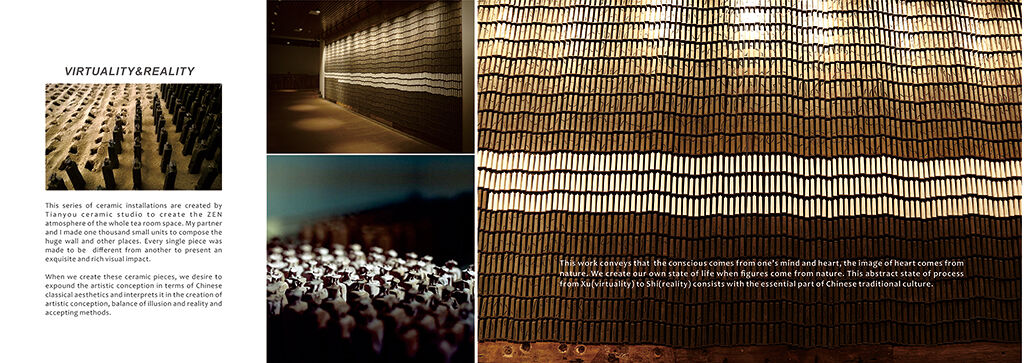
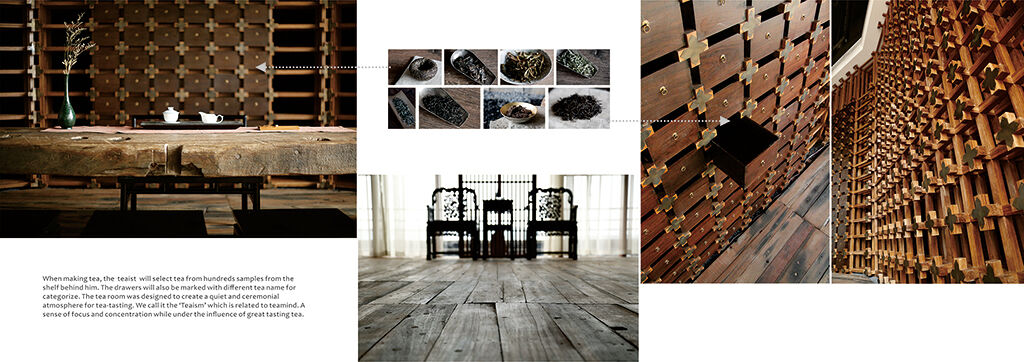
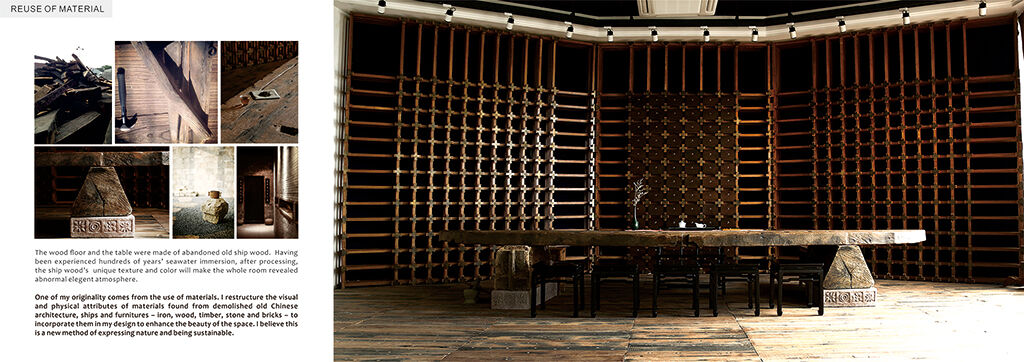
Read more interviews with AIADO students here.
